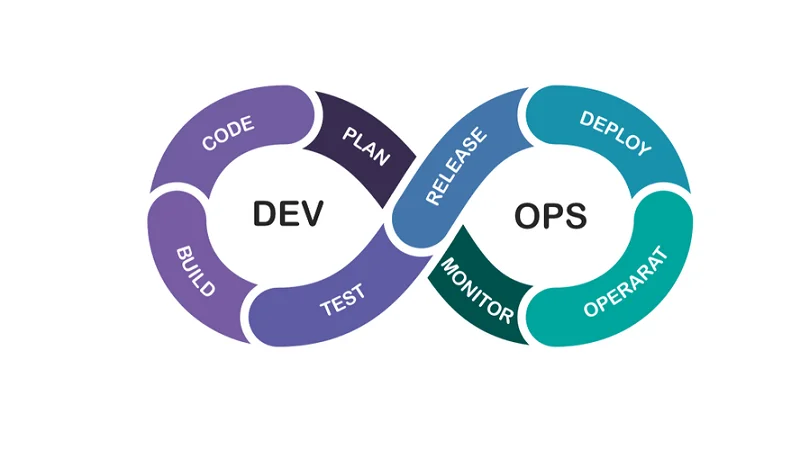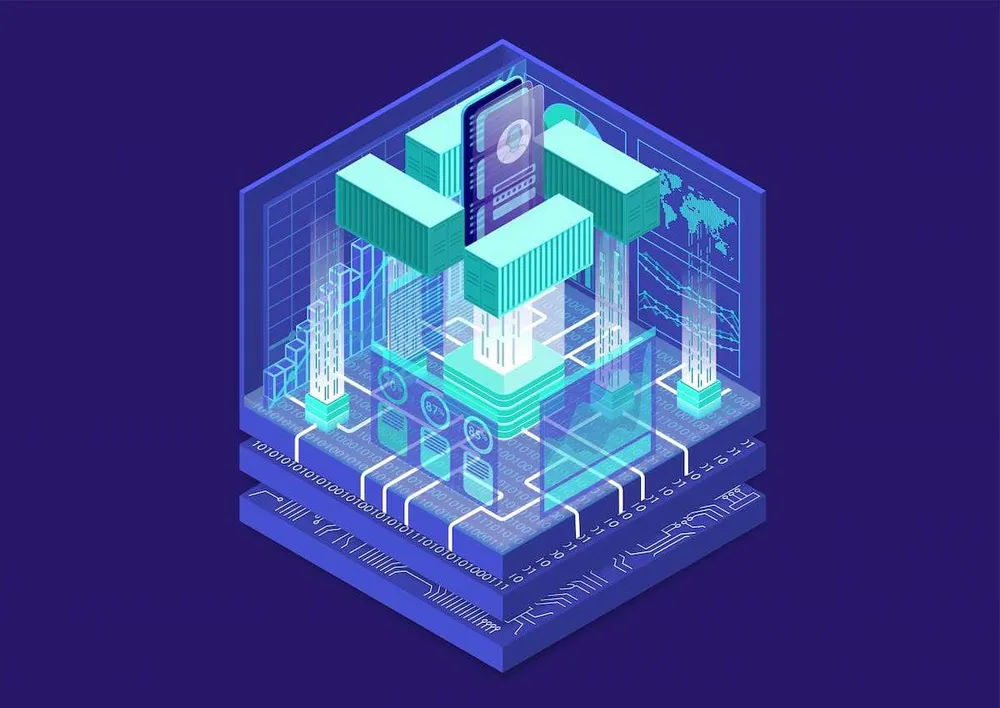Continuous Integration (CI) will repeatedly construct, examined, and merged into a shared repository. For most other points, there’s a good probability that a plugin has already been developed that may assist. The remoting element within the Jenkins structure is an executable JAR file answerable for communication between the Jenkins core and agents what is jenkins software.
Data Management Is Only For It? Assessing Traditional Code, Low-code, And Genai

The plain Jenkins distribution offers a wide range of construct duties that may help steady integration workflows, and more are available by way of a big ecosystem of plugins. Jenkins’ CI/CD capabilities benefit other software program tasks through integrations. For instance, Jenkins integrates with Docker to build software program as containers and with Kubernetes to orchestrate these Docker containers into apps. Jenkins streamlines development through steady constructing, testing and deployment.
How Does Continuous Integration/delivery Help A Improvement Team?
- It ensures that changes are completely validated earlier than they are merged into the codebase.
- Jenkins creates ‘pipelines’, which define the series of steps that the server will take to carry out the required duties.
- Jenkins is highly unopinionated, so it suits properly into most environments, including complex hybrid and multi-cloud systems.
- We may help you adopt a extra modern method to SDLC — click on the button below to learn how.
At the time of what is Jenkins blog, it had close to 1500+ plugins contributed by the community. Plugins assist in customizing the expertise with Jenkins, along with offering support for accelerating activities associated to constructing, deploying, and automating a project. Another key requirement for profitable DevOps adoption is to pick and use the proper instruments – the things that can aid info sharing and allow a extra efficient workflow. One of the most popular DevOps tools today is Jenkins, a server that automates the CI/CD process and makes it simpler for the ‘dev’ and ‘ops’ groups to collaborate effectively. Here’s will look at how Jenkins became such a preferred software and the potential benefits it could supply your IT group. Of course, to realize the benefits of a DevOps framework, it has to be applied successfully.
Jenkins Core Ideas And Options
By leveraging our infrastructure, SDKs, and intensive library of tutorials, developers can concentrate on creating innovative and fascinating consumer experiences. At the identical time, PubNub takes care of the underlying complexities of real-time communication so you presumably can focus on building sticky apps that have interaction users. Buildkite’s hybrid platform gives you full management over the privateness and security of your supply code, because it stays on your infrastructure the place your pipelines are. As for the cloud-hosted elements of Buildkite like the online UI and hosted agents, Buildkite is SOC 2 Type II compliant.
Cloudbees And The Jenkins Group
TeamCity‘s UI and setup assist make it a greater possibility for ease of use. There are a big selection of plugins to make the platform extra intuitive, however customizing it requires extra time and effort. Most of Bamboo’s software performance is pre-built, so it doesn’t require extra plugins. Compared to GitHub Actions, Jenkins has been around for longer (10+ years) and presents a variety of community plugins for diverse tools and frameworks.
Jenkins growth is presently administered as an open-source project underneath the course of the CD Foundation, a Linux Foundation initiative. Apart from these, many tools assist with the evaluation and reporting of exams. Some of those are Tests Analysis Plugin, Test Results Analyzer, bootstrapper-multi-test-reports-plugin, Junit writer plugin, and so on. Jenkins X is beneficial regardless of your familiarity with Kubernetes, offering a CI/CD process to facilitate cloud migration. It supports bootstrapping onto your chosen cloud, which is essential for a hybrid setup. For these reasons, many groups are transitioning away from Jenkins and adopting newer solutions that are extra supportive of a containerized, microservices-oriented DevOps setting.

We present insights to streamline your software delivery pipelines and enhance growth processes. Jenkins information can be generated using a graphical consumer interface (GUI) or manually crafted through code. This automation covers the entire development lifecycle, from integration to deployment. Demand for the development of reliable, useful apps has soared lately.
Multiple builders would each send commits to version management, rising the time required to identify and fix bugs. There was no iterative code improvement, and the software program delivery course of was slow. Jenkins is crucial in DevOps because of its ability to automate numerous levels of software program growth, deployment, and supply. Jenkinsfile is a textual content file that describes the pipeline as code to the Jenkins server. Every project that makes use of Jenkins for its CI/CD has this file in the project’s root listing and is often committed to the supply code repository. It makes the Jenkins server understand the sequence of steps to be carried out in every stage.

In addition, Jenkins is not designed to be carried out using newer Java technology similar to Spring Boot or GraalVM. Jenkins has been round for much longer than other offerings in this house. For this cause, Jenkins is nicely understood, with a broad knowledge base, in depth documentation and plentiful group sources. These assets make it simpler to put in, handle and troubleshoot a Jenkins set up. One of some nice benefits of Jenkins is that it can be prolonged using plugins.
Jenkins is highly unopinionated, so it suits properly into most environments, including complicated hybrid and multi-cloud techniques. Server safety is achieved in the identical means that another server is secured. Access to the place it resides, corresponding to a VM or bare-metal server, is configured to permit for the fewest variety of processes to communicate with the server. This is completed by way of typical server operating system and networking security features. Jenkins runs as a server on quite lots of platforms together with Windows, macOS, Unix variants and especially Linux.
On the final tab, you will notice a quantity of configuration choices related to parameterization, SCM integration, construct concurrency, and so forth., as proven beneath. You also needs to see a separate section for setting varied types of construct triggers. The enterprise layer proven in the Jenkins architecture diagram is the central system that does the groundwork and abstracts away the complexity. Stages present a logical construction for organizing and visualizing the workflow of a pipeline in Jenkins. This allows builders to segregate a fancy Jenkins pipeline into clear phases, which helps in debugging or troubleshooting issues.

Developers can undo their very own adjustments easily, by rolling back to the latest working model of the code. Plugins — Hundreds of plugins are available in its market to easily integrate Jenkins with any device. One of the key advantages of Jenkins is that it requires little maintenance and has built-in GUI software for straightforward updates.
After the acquisition of Sun Microsystems by Oracle, a proposal was accredited by the Hudson community for creating the Jenkins project. In February 2011, Oracle supposed that the event of Hudson should continue hence, Hudson was forked as an alternative of renaming it to Jenkins. Jenkins has an early mover benefit because it has been in improvement since 2011. Kohsuke Kawaguchi created Jenkins (then referred to as ‘Hudson’) while working at Sun Microsystems. Hudson was created in the summertime of 2004 and the first release was in February 2005. Jenkins agents are machines or containers where Jenkins jobs are executed.
Continuous integration on Jenkins allows for guide testing that compares code to the present state of a code base in a production-like surroundings. Another occasion during which one could use Jenkins is to automate workflows and duties. If a developer is working on a number of environments, they might need to install or improve an item on every of them. If the set up or replace requires more than one hundred steps to complete, it will be error-prone to do it manually.
Transform Your Business With AI Software Development Solutions https://www.globalcloudteam.com/